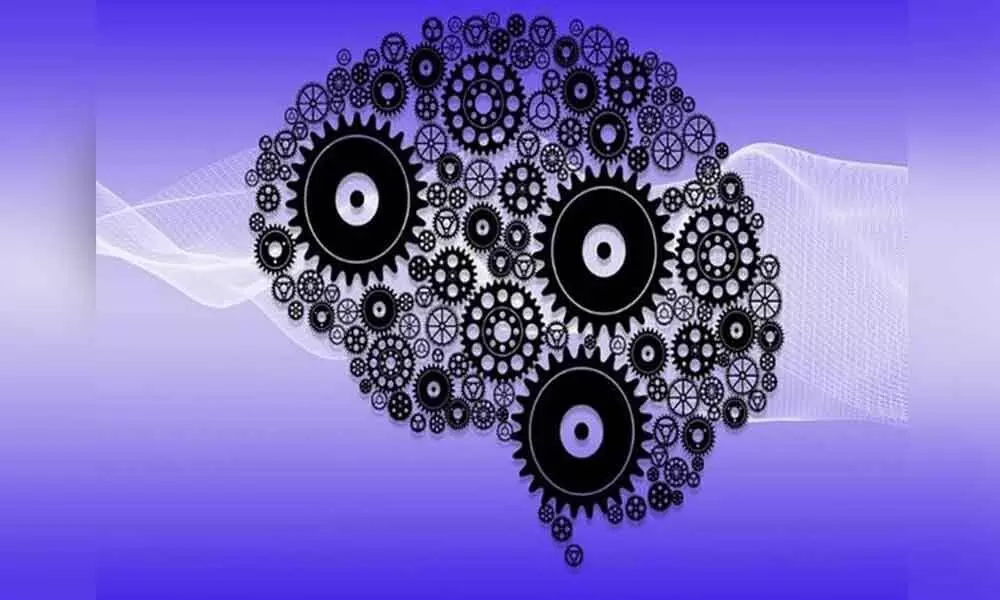Live
- Channa Creations Launches Comedy Entertainer ‘Teliyadu, Gurtuledu, Marchipoya’
- Designing a better world for all
- The Evolving Landscape of Early Education
- LG Unveils World's First 50% Stretchable Display: Technology and Potential Applications
- Cornerstone Ventures-backed Olive Gaea launches in India to advance corporate carbon accounting goals
- Scholarships For Students
- CM Revanth Reddy Attends Mock Assembly on Children’s Day at Hyderabad SCERT Office
- CM Revanth Reddy Extends Warm Wishes on Children’s Day, Pays Tribute to Nehru
- Financial Results for the quarter ended September 30, 2024
- Congress accuses BJP of misusing power in Vijaypur, Budhni bypolls; party hits back









